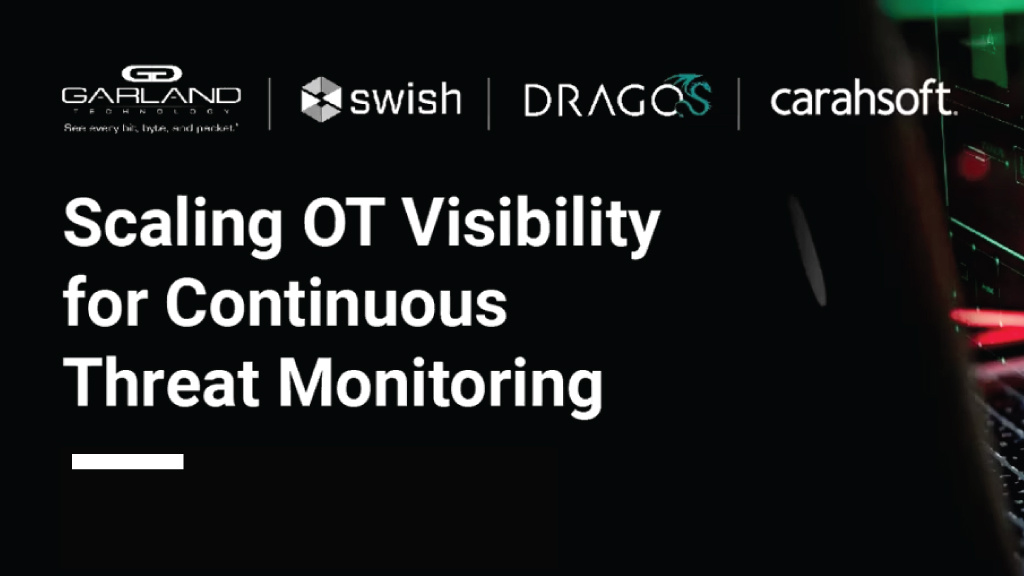CLOUD SECURITY
Safeguard Data Regardless
of Configuration
Moving resources to the cloud can provide enhanced security, since public cloud providers offer advanced security measures such as encryption, access controls, and monitoring. These services reduce risks, whether from data breaches, human error, or lost or stolen devices.
You can further lower risk with Garland Technology solutions such as network TAPs, which provide full visibility regardless of your preferred cloud infrastructure – whether public, private, hybrid or multicloud. Garland Technology lets you move confidently to the cloud while helping to protect your valuable data.

Clear Visibility Across Cloud Environments
Delivers Greater Efficiency & Security
As cloud infrastructure reshapes networking, organizations face challenges in managing public, private, hybrid, or multi-cloud environments, while maintaining security and packet-level visibility across cloud and legacy systems.
Garland Technology provides comprehensive cloud visibility solutions that support continuous monitoring and security with zero downtime.
PRIVATE CLOUD VISIBILITY
Eliminate Blind Spots
Private clouds offer heightened security and control, which is ideal for organizations with large data centers. Yet managing private clouds can be costly and resource-intensive. Virtual TAPs are the cost-efficient way to ensure full visibility and eliminate blind spots, delivering east-west and inter-VM traffic insights equal to those of on-premise networks for much less than other visibility solutions.

PUBLIC CLOUD VISIBILITY
Reliability in Shared Environments
Public clouds are popular for their cost efficiency and scalability. But achieving full visibility can be challenging, especially with critical data stored remotely. Garland Technology’s cloud visibility solutions capture every packet for reliable data delivery to your cloud-based tools - even across public internet circuits.
HYBRID CLOUD VISIBILITY
Public and Private Clouds
Hybrid cloud solutions give organizations the right balance of flexibility, scalability, optimized cost and security. Yet integrating data from different platforms and achieving uniform visibility across complex, distributed environments adds significant complexity to the tasks of achieving targeted levels of hybrid cloud performance, security, and compliance.
Garland Technology solutions help bridge this gap in hybrid cloud architectures, giving you seamless integration and end-to-end visibility across all public and private cloud resources.

MULTICLOUD FLEXIBLITY
Leverage Multiple Cloud Providers for Resilience
Distinct from hybrid cloud, multicloud environments use similar services across multiple providers to reduce costs, increase flexibility, speed recovery and strengthen resiliency. Garland Technology helps organizations harness the advantages of multicloud use, giving you robust visibility with ease across diverse cloud services.





